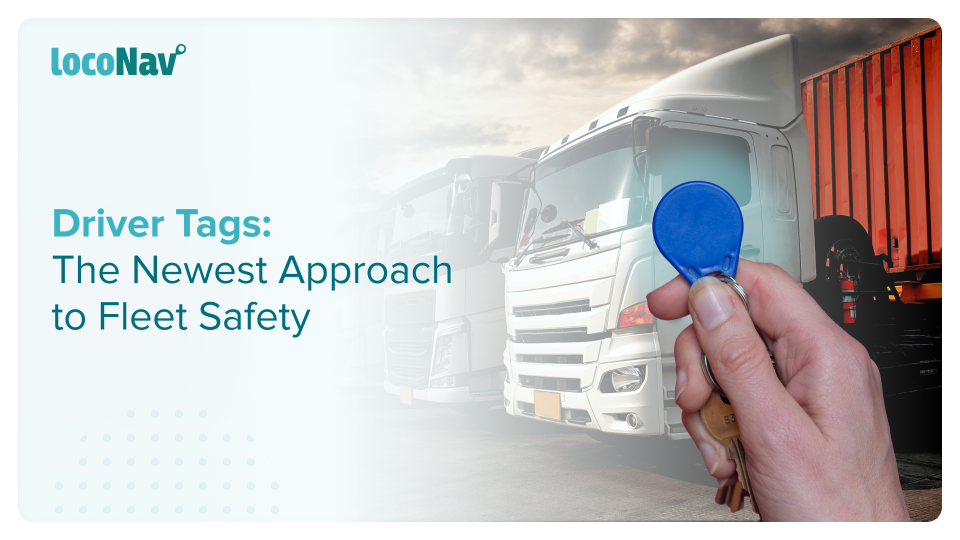

Do you know who is operating your vehicles? Do you know how well they are driving? These are important questions for all fleet owners who have a significant fleet of vehicles. It’s critical from the standpoint of security as well as how you control their driving.
Electronic driver ID tags or driver tagging are the ideal solution for both of these issues since they allow only authorised drivers to operate your vehicles and keep a verified, secure record of who is using them.
Driver tagging and its powerful features help you stay organised and streamline data management throughout your whole fleet so you can discover relevant patterns in your daily operations. Let’s go into the specifics.
What are Driver Tags?
A driver tag is like a key FOB. It needs to be affixed to your driver and vehicle. A driver tag has to be used in conjunction with the ignition key. Driver tags add another layer of security to your vehicles. They can also be utilised to make your drivers and vehicles more protected, as well as to collect data on driving patterns.
Manage your fleet efficiently with LocoNav’s Fleet Management Solutions!
What are the Benefits of Driver Tagging in the Fleet Industry?
- Driver Assignment Control
With an automatic driver identification system, you may be certain of whose driver is allocated to a vehicle at any given moment, eliminating unauthorised or after-hours vehicle use. Furthermore, it enables you to receive an alert if a driver is not recognized when a vehicle begins a journey.
- Save Money with Vehicle Misuse
If your fleet has a large turnover of drivers in the same vehicles, it is normal to be unaware of who committed a violation or delivered the vehicle damaged. Furthermore, failing to identify the drivers guilty of offences might result in major dangers and even needless vehicle stops.
With driver tagging, you can rapidly identify violators and take appropriate action. As a result, drivers will be aware that they are being monitored and will alter their driving habits, lowering company costs and minimising vehicle misuse in the long run.
- Compliance
Driver identification also assists you in complying with driver-related legislation, such as “duty of care” and “working time limitations,” by monitoring and reporting their driving times.
- Route Planning
Driver ID tags enable you to monitor the whereabouts of your vehicle, ensuring that your drivers follow the most efficient routes. They can then be more efficient and finish more projects in a day while using less fuel since fewer traffic routes are established.
How do Driver Tags Work?
Let us now see how driver tags work:
Step 1: Each driver is assigned a distinct driver tag. A driver tag resembles a key FOB and must be used in conjunction with the ignition key.
⬇️
Step 2: A driver tagging reader is fitted in the vehicle, and it is linked to the GPS tracking device.
⬇️
Step 3: When the driver wishes to start the engine, he must place the Driver Tag against the driver tagging reader.
⬇️
Step 4: The Driver Tag is validated, and the engine is authorized to start if it is authorised.
What Challenges do Driver Tags Solve?
Here are some challenges that are addressed after deploying driver tagging:
- Unauthorized Vehicle Access
Since they know who drives each vehicle, fleet managers gain from instant driver identification. They can identify the driver in real-time, backlogs, and all available reports.
- Administrative Load
Having a trustworthy and searchable database streamlines administrative responsibilities for drivers and supervisors, saving time over tiresome paperwork.
- Fleet Security
Increase the security of your fleet. Driver tags work in tandem with a start cut-off device (immobiliser), which inhibits the engine from starting until the driver tag is authorised.
